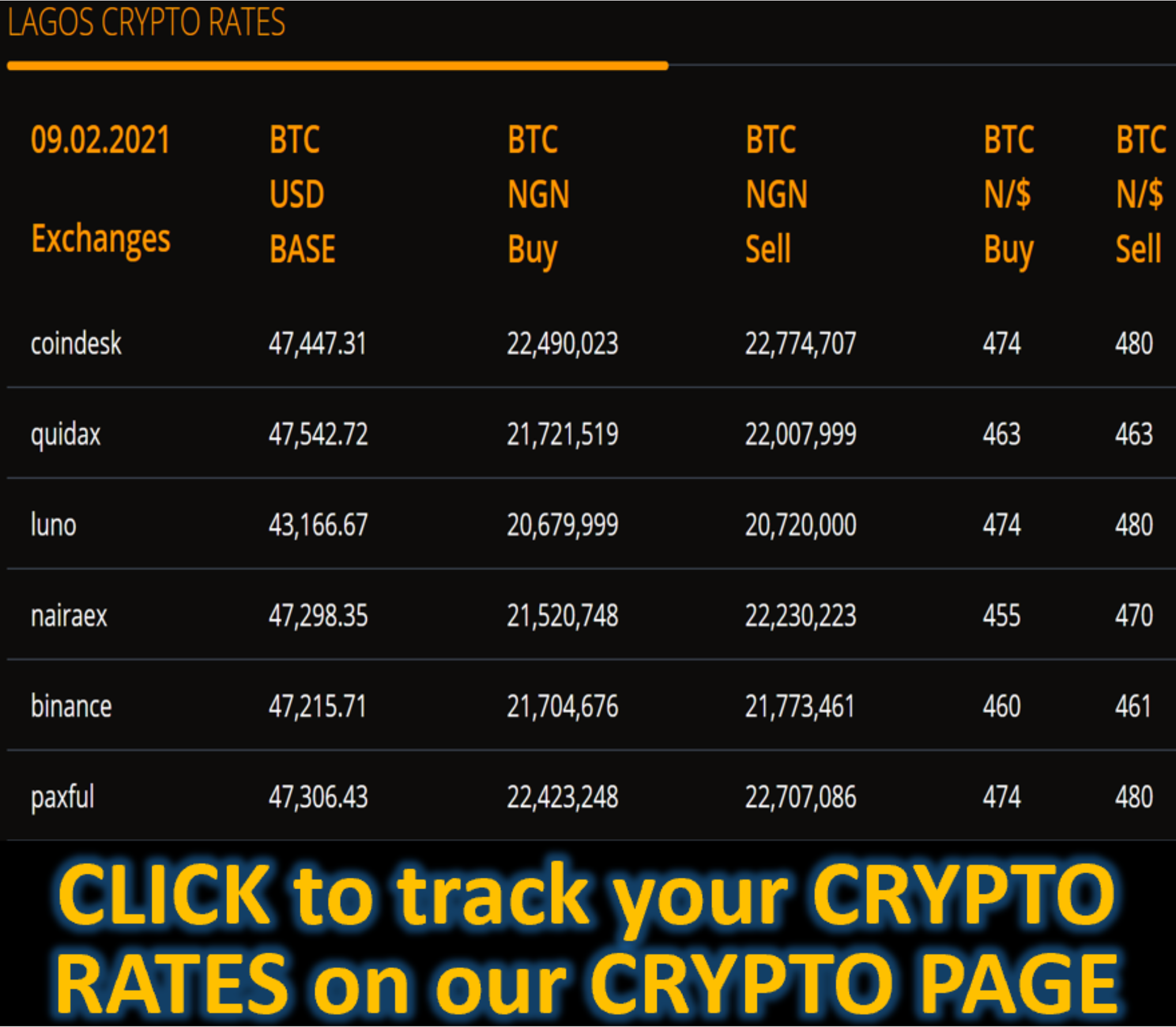Market News
China’s Central Bank Nods to Outside Forces Hindering Easing - BLOOMBERG
(Bloomberg) -- China’s central bank said it will give weight to economic factors abroad and tweak its policy if necessary, a recognition of external constraints on monetary easing as the yuan remains under pressure to depreciate.
The People’s Bank of China will “choose the opportunity to adjust and optimize the intensity and pace of policies based on domestic and foreign economic and financial conditions,” it said in a quarterly monetary policy report published Thursday. The publication provides a rare glimpse into the PBOC’s outlook and policy plans.
In another indication that external factors now carry greater sway among policymakers, the PBOC omitted a phrase pledging to “set our own agenda.” It used that expression frequently in recent years to signal that the domestic economy’s needs primarily drive decisions, even if that meant lowering interest rates when central banks in other major economies hiked them.
The new guidance is a veiled acknowledgment of adverse factors weighing on the yuan — from sticky US inflation to Donald Trump’s tariffs — that have led China to delay monetary stimulus, according to analysts. Other factors, such as a rebound and stabilization of economic growth since September, are also likely at play.
The central bank is facing a tough policy trade-off as the yuan has come under greater strain over the past few months, making it difficult to implement more decisive monetary easing since that risks worsening the depreciation pressure on the currency.
What Bloomberg Economics Says...
“The apparent contradiction in operations arises from the central bank’s multiple concerns — financial stability in treasuries and one-sided bets in markets in general. It will eventually have to let fundamentals determine market movements, allowing lower yields and a weaker yuan, especially in the case of higher US tariffs inflicting more pain on the economy.”
— Chang Shu, Eric Zhu and David Qu, economist. For full analysis, click here
Many investors and analysts expected a cut to banks’ reserve requirement ratio, which will unlock liquidity for more lending, to take place over the past two months, but it has yet to materialize. Economists polled by Bloomberg in January predicted the RRR to be cut by 50 basis points in the first quarter, along with a reduction of the policy rate by 10 basis points, according to the median forecasts.
Such expectations began to shift in recent weeks as the central bank stepped up it support to the yuan. Following the PBOC’s report, some analysts renewed their warnings that officials may skip the “high-profile” easing of a cut to the reserve ratio or rates in the short term, given its strong language on ensuring a steady yuan.
“There is a risk that the PBOC will rely on low-profile instruments — such as repo operations — to manage interbank liquidity and skip high-profile easing measures like RRR cuts,” Goldman Sachs Group Inc. analysts including Xinquan Chen said in a research note. “FX stability may take priority and constrains the PBOC’s ability to cut policy rates in the near term as tariff uncertainties remain significant.”
Citigroup Inc. economists now anticipate interest rate and RRR cuts will only take place in the second quarter due to a lack of urgency in the PBOC’s report. In the circumstances of the latest US-China trade war, “the PBOC could try to maintain a stable currency when the two sides could still prepare for negotiations,” they wrote in a note Friday.
The PBOC reaffirmed a pledge to keep the yuan “basically stable on a reasonable, equilibrium level” in the report, as well as to defuse risks of any overshooting in the exchange rate.
China’s economic growth picked up after the government rolled out a broad stimulus package including sizable rate cuts in September. But the economy is still having to contend with longer-term challenges including persistent deflation, a property slump and sluggish consumer confidence.
The PBOC vowed to use tools including rates, the RRR and open-market operation to keep liquidity ample. It reiterated that promoting a rebound in inflation will be an important consideration for monetary policy, and that it will guide credit to expand “reasonably.”
The central bank also warned that geopolitical tensions and changes in trade policies in “certain countries” could push inflation higher in major economies.
RRR Tool
The PBOC used a special section of the report to discuss its tool of regulating how much cash banks must set aside in reserves. By lowering the average ratio from a peak of 20.1% to 6.6% now, the central bank injected liquidity into the financial system and supported economic growth, it said.
It vowed to further improve the instrument in the future, without giving more details. This could mean that more types of assets will be allowed to be counted as reserves, which should permit banks to expand lending and support the economy, analysts including Sun Binbin at Tianfeng Securities wrote in a note Friday.
(Updates with economist comments throughout.)









